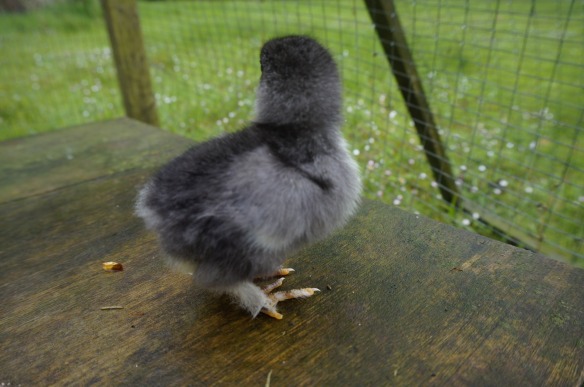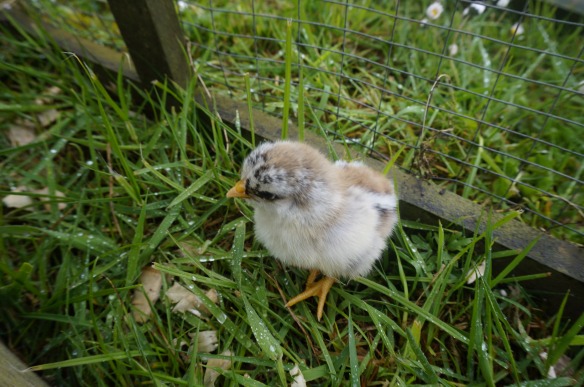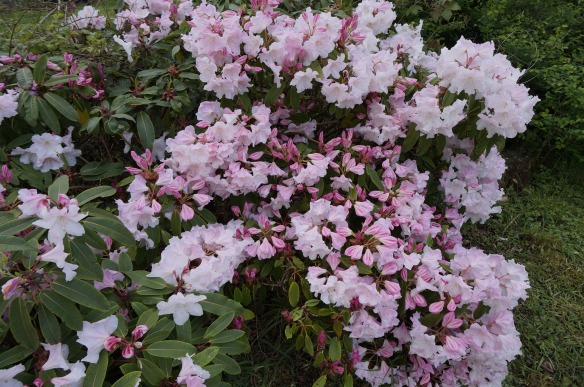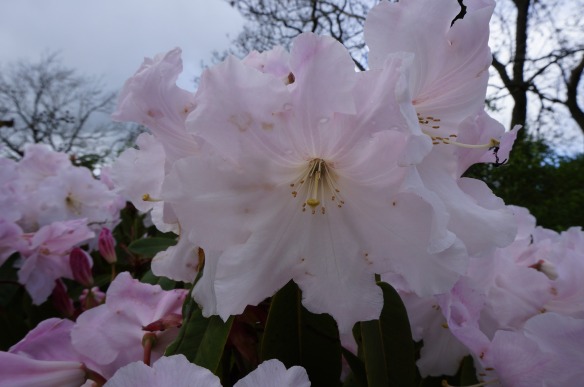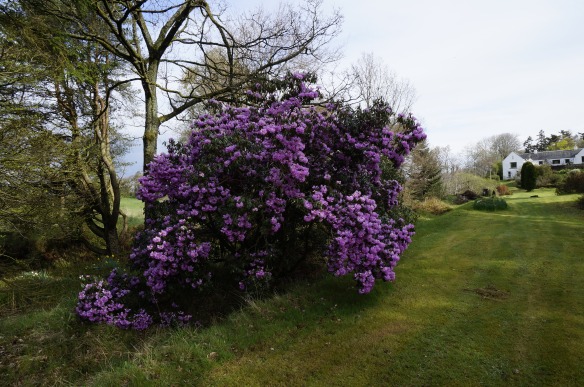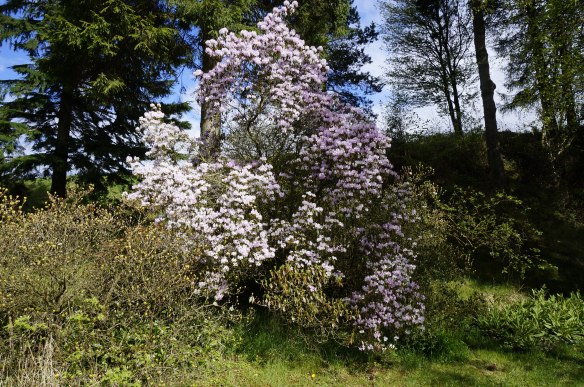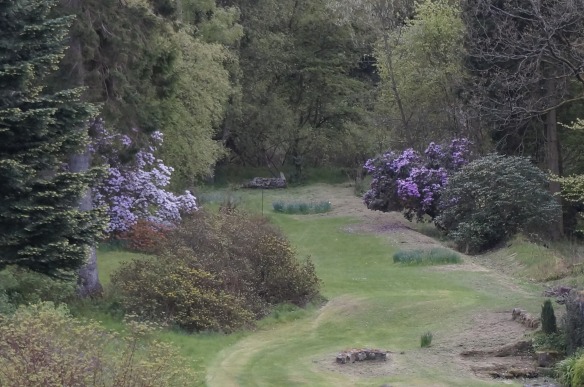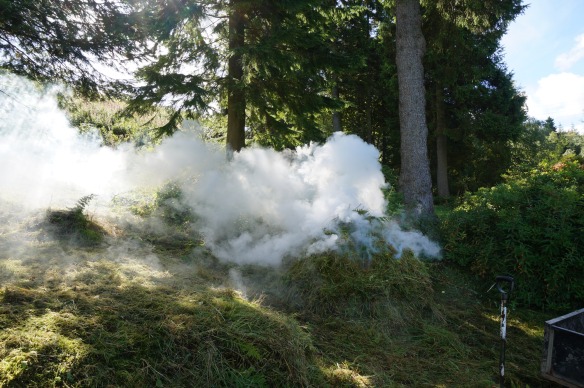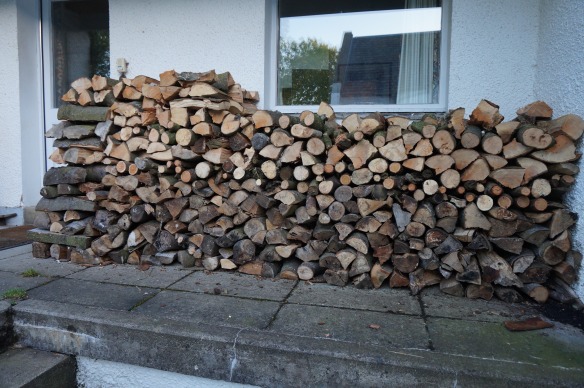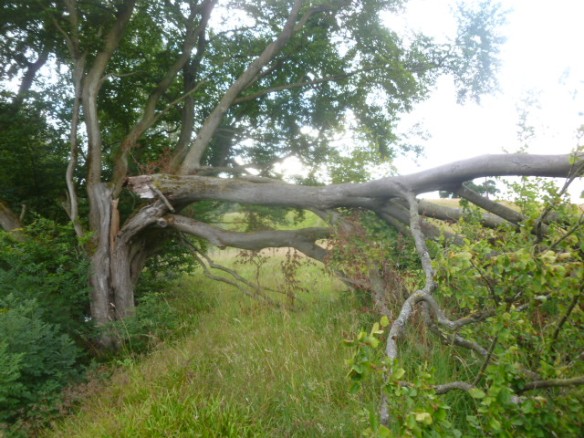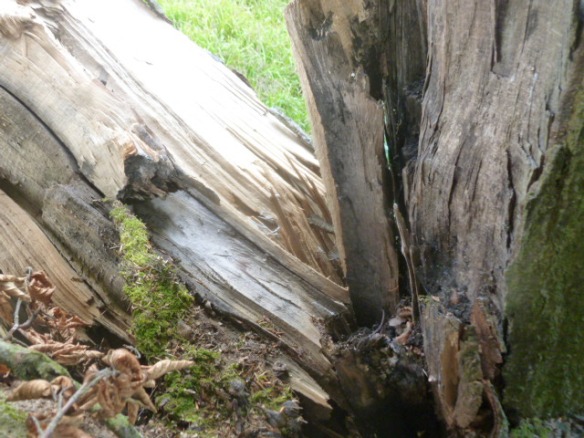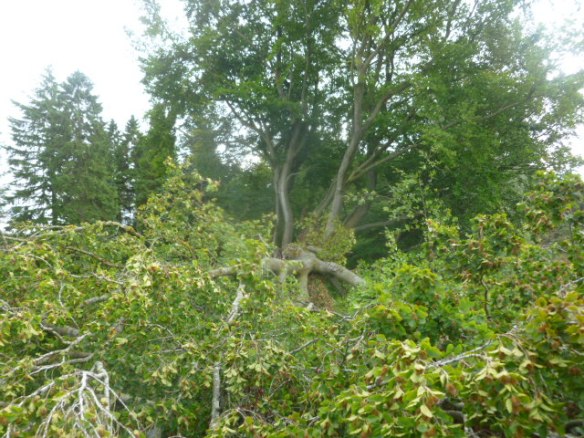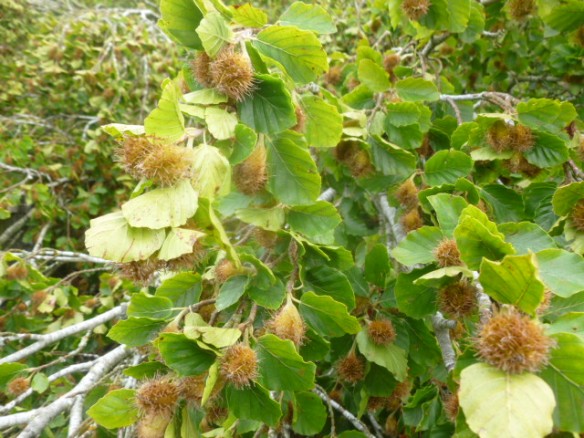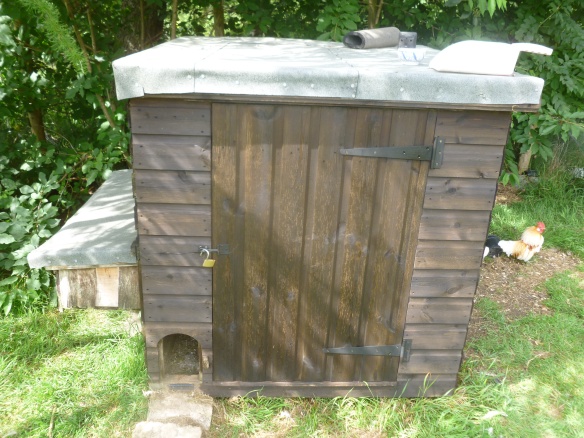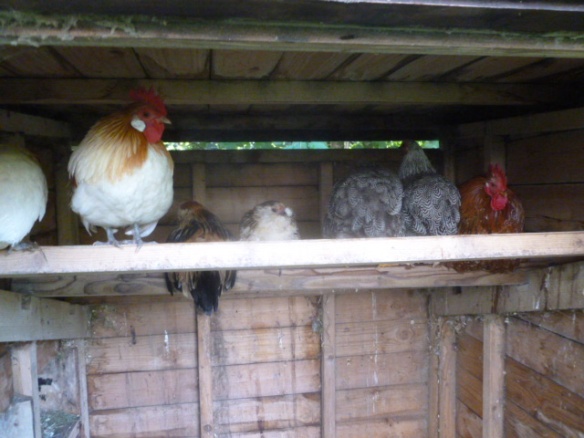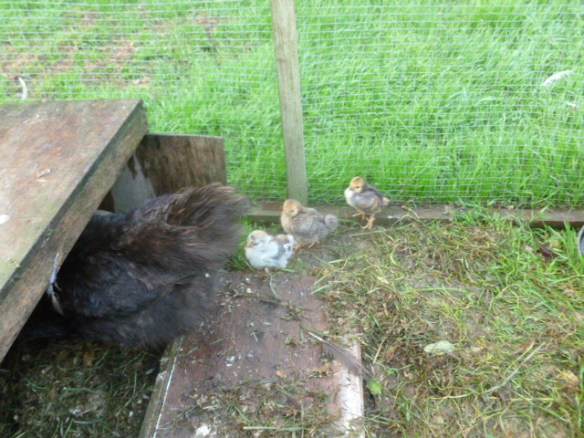Mine is usually a June garden, but this year it has mostly been a May one. That, I think, is mostly due to the frost-free winter. The June weather has not been wonderful, but the long evenings this far north mean that on the rare occasions the sun is out, the colours linger late.
The wild flowers in the garden seem to change year by year. The wild hyacinths (bluebellls to those of you down south) have spread rapidly over the past five years, and have been spectacular this season. The Solomon’s Seal (that blurred number in the background above) has also been excellent. On the other hand there is no sign this year of the butterfly orchids which were speading over the bank. None. Not even a leaf. I trust they are only taking a rest. Here’s one from last summer: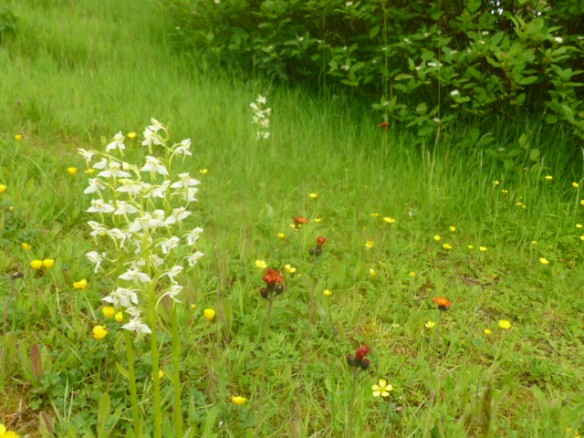
As regular readers know, I like working with large blocks of colour (and am lucky enough to have the space to do so). One of my favourite combinations is Primula pulverulenta against the blue of the himalyan poppies. That’s not a mix I would want to see indoors, but outside it works surprisingly well.
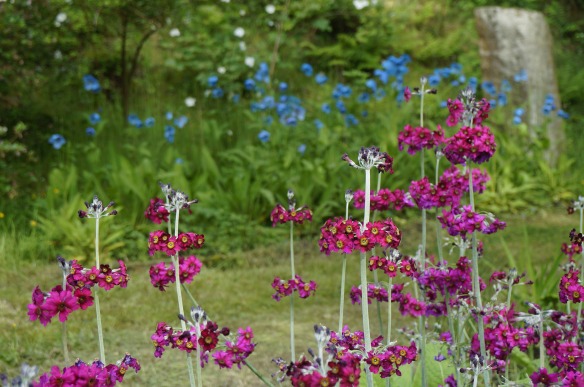
A fantastically useful plant for a big vibrant red/orange statement is Euphorbia griffithii ‘Fireglow’. Like all euphorbias, it is unpleasant to work with because of it’s corrosive sap, and it also annoys me because you can’t just snap off its dead growth in spring, but have to cut out each stem separately. But I wouldn’t be without it. I use it against a background of yellow whin.

Finally, here’s a combination of rhododendron and azalea that pleases me. Unfortunately the timing is always just a little wrong, with the yellow not reaching its peak until the lilac is past it. But I guess that’s life.
But I guess that’s life.




